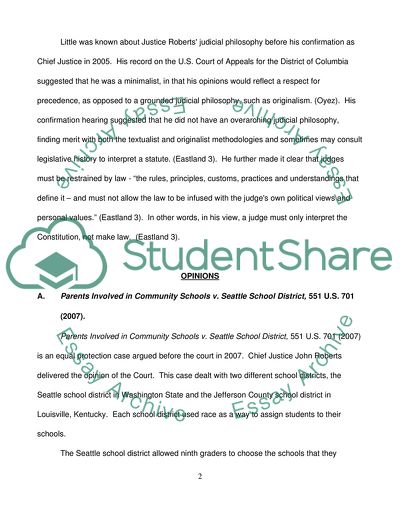Cite this document
(Chief Justice John Roberts and His Cases Essay Example | Topics and Well Written Essays - 1750 words, n.d.)
Chief Justice John Roberts and His Cases Essay Example | Topics and Well Written Essays - 1750 words. https://studentshare.org/law/1734770-there-is-non-we-r-gonna-pretend-to-be-a-judge
Chief Justice John Roberts and His Cases Essay Example | Topics and Well Written Essays - 1750 words. https://studentshare.org/law/1734770-there-is-non-we-r-gonna-pretend-to-be-a-judge
(Chief Justice John Roberts and His Cases Essay Example | Topics and Well Written Essays - 1750 Words)
Chief Justice John Roberts and His Cases Essay Example | Topics and Well Written Essays - 1750 Words. https://studentshare.org/law/1734770-there-is-non-we-r-gonna-pretend-to-be-a-judge.
Chief Justice John Roberts and His Cases Essay Example | Topics and Well Written Essays - 1750 Words. https://studentshare.org/law/1734770-there-is-non-we-r-gonna-pretend-to-be-a-judge.
“Chief Justice John Roberts and His Cases Essay Example | Topics and Well Written Essays - 1750 Words”. https://studentshare.org/law/1734770-there-is-non-we-r-gonna-pretend-to-be-a-judge.


